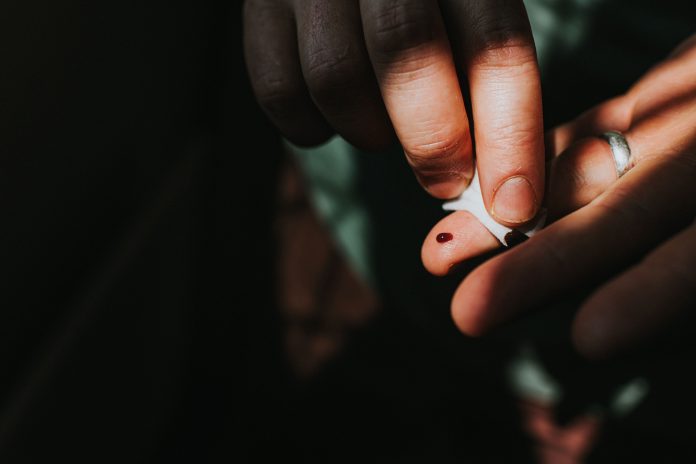The number of COVID-19 cases has generally remained low across the world throughout 2023 but a marginal increase has been noted in early December as per the dashboard maintained by the World Health Organisation (WHO). Cases of a new sub-variant JN.1 in several countries ahead of the holidays, particularly the spike in the US, China and Singapore, have led to people wondering whether there could be a surge. The sub-variant, however, is not entirely new and has been detected in small numbers in many countries for several months now.
The sub-variant JN.1 is a close relative of the BA.2.86 variant, commonly referred to as Pirola. It carries just one additional mutation in the spike protein as compared to its relative. Pirola was on the watchlist of scientists as a “variant of interest” because of more than 39 mutations it carried on the spike protein as compared to its predecessor. Mutations on the spike protein of Sars-CoV-2 are important because they are the ones that attach to receptors on human cells and allow the virus to enter it.
Can this variant lead to an increase in cases?
There were concerns that Pirola might be able to more effectively evade immunity and spread quickly. However, that hasn’t happened. The US Centres for Disease Control and Prevention (CDC) says that the updated vaccines available in the country have demonstrated the ability to effectively block Pirola infections and should, therefore, protect against JN.1 as well.
Experts say that immunity from previous infections and immunisation with vaccines containing ancestral spike protein are likely to protect against newer variants as well. In fact, an assessment by the WHO Technical Advisory Group on COVID-19 vaccine composition showed that both Pirola and JN.1 were effectively neutralised by serum from humans who had the infection and vaccination but not with the serum of animals who had just had the vaccine but not the natural infection. This could be because of a cumulative effect of immunity through infection and vaccination in humans, the WHO assessment said.
Are JN.1 cases on the rise?
The WHO said that Pirola and its descendants accounted for 17 per cent of the Sars-CoV-2 sequences uploaded to the global database GISAID. More than half of these sequences were that of JN.1 by the beginning of December. There were at least 3,000 sequences of JN.1 uploaded to the global database, with most of the sequences coming from US, Canada and European countries. “While new variants like BA.2.86 and JN.1 attract attention, right now, 99 per cent of SARS-CoV-2 variants are part of the XBB group,” the US CDC said.
How can you protect yourself?
Experts say that while new variants of Sars-CoV-2 will keep emerging, protecting against a respiratory virus remains the same. So mask up in crowded areas, especially enclosed ones, if the number of cases is increasing locally. Remaining in well-ventilated spaces reduces the spread of the infection. Wash hands frequently to prevent infection and keep to social distancing.
© The Indian Express Pvt Ltd
First published on: 16-12-2023 at 14:59 IST












